(Sept 8) If you want to learn about the history of Hokkaido, the Hokkaido Historical Museum is a good place to start.
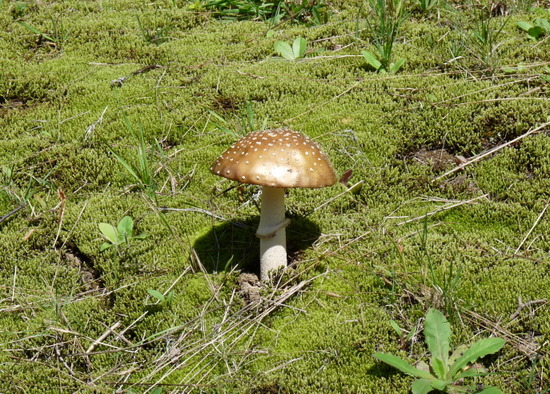
“If it looks pretty, it’s probably poisonous.” Ahem. OK, this is the museum.
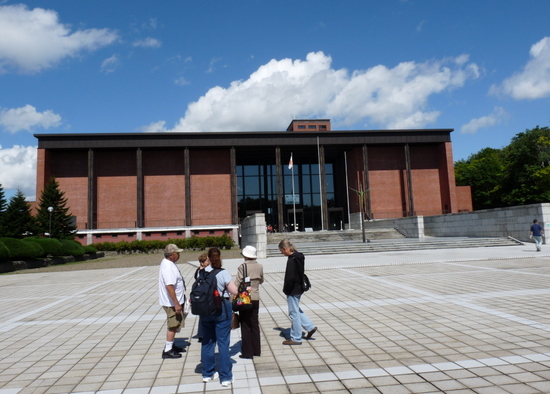
About 20,000 years ago many of the islands of Japan were connected by land bridges. The island now known as Hokkaido was connected to Siberia by a land bridge and the main island of Honshu was connected to the Korean peninsula.
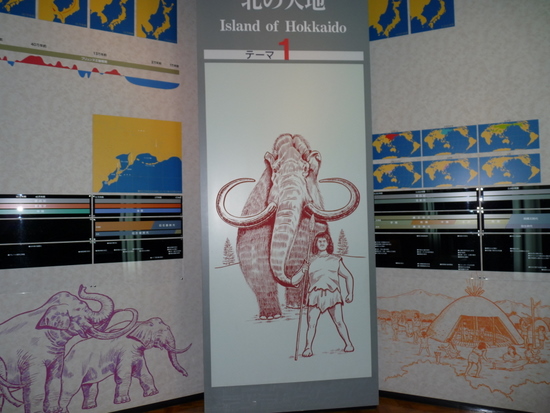
Nomadic humans wandered across the land bridges to Japan and brought their pet mammoths with them along with other large animals.
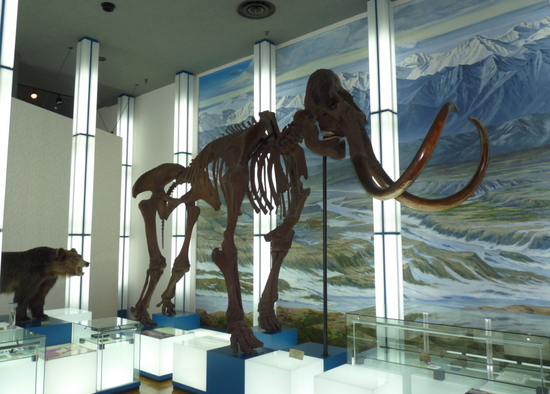
The Jomon (“corded pottery”) Period in Japan lasted from about 14,000 to 400 BCE. A culture of Neolithic hunter-gatherers flourished in both Honshu and Hokkaido.
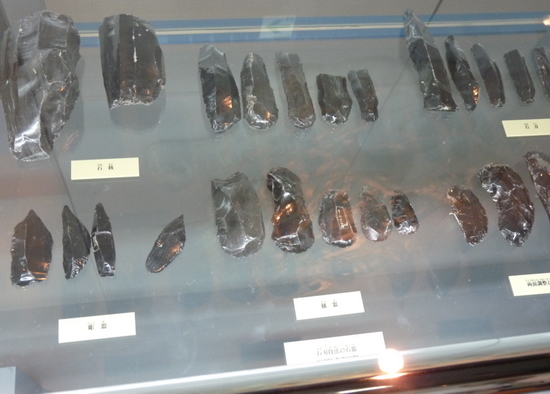
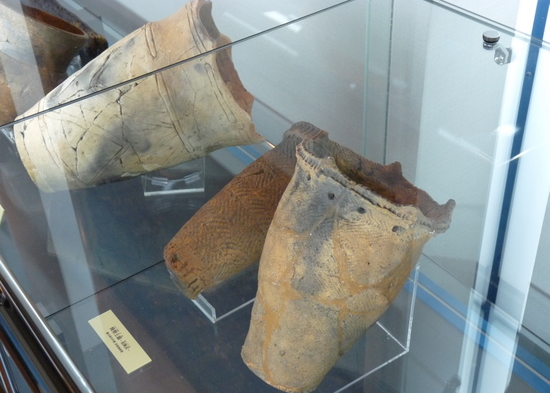
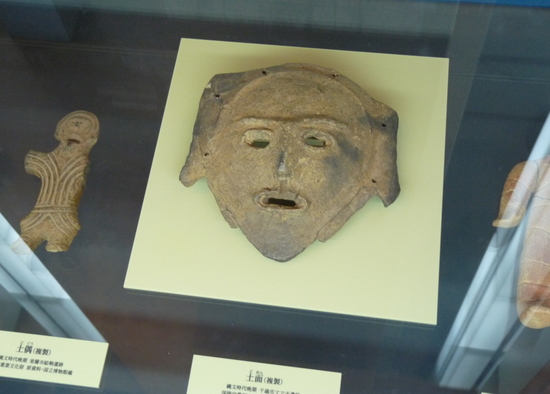
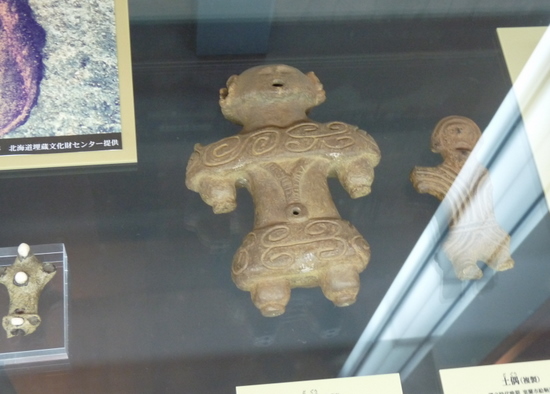
Around 400 BCE the Jomon culture was supplanted in Honshu by the Yayoi culture which featured rice farming and metal working, innovations imported from the Asian mainland. However in Hokkaido the people continued to live as hunter-gatherers.
Sometime in the eight century CE Japanese traders began to sail from Honshu to trade with the people of the northern island. The island came to be called Ezo (or Yezo) and the natives came to be called the Ainu.
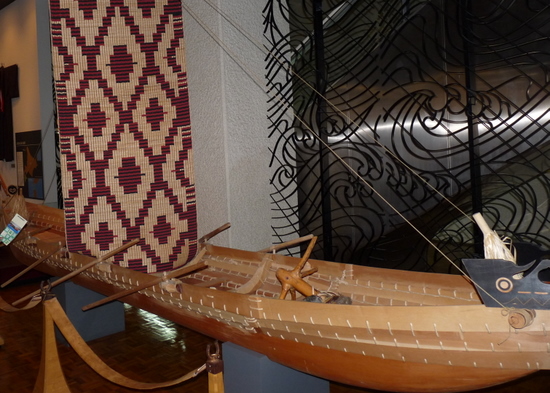
The Japanese gradually established settlements along the southern coast of the island. They traded rice and metal goods to the Ainu in exchange for fish and furs. Pricing disputes led to a war with the Ainu in 1457, which the settlers won. They organized themselves as the Matsumae clan, which was given exclusive trading rights by the Tokugawa shoguns.
Here Lord Matsumae is shown negotiating with Ainu representatives.
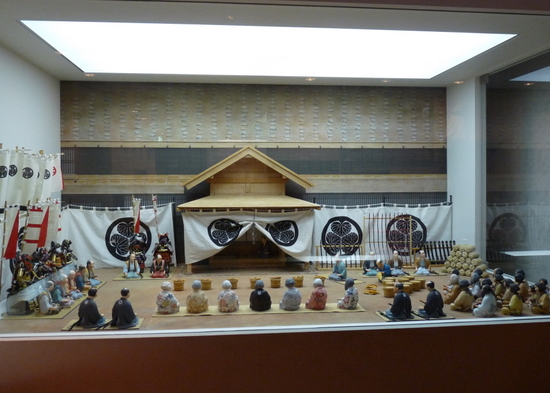
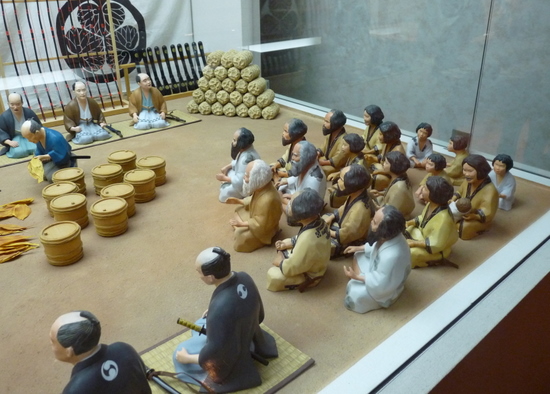
A typical Ainu house of that period included handmade local artifacts along with metal pots and lacquer bowls obtained from the Japanese.
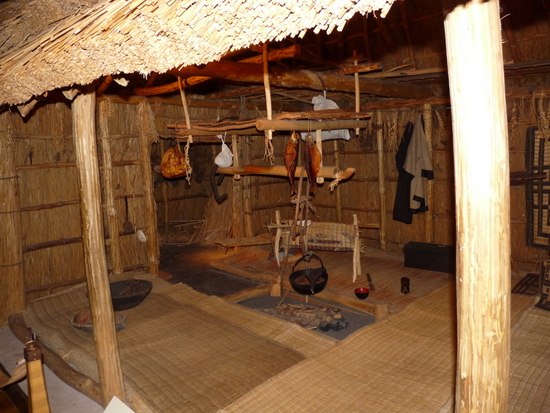
A village would include at least one cage for a bear cub. Bear cubs were raised to about two years old and then sacrificed.
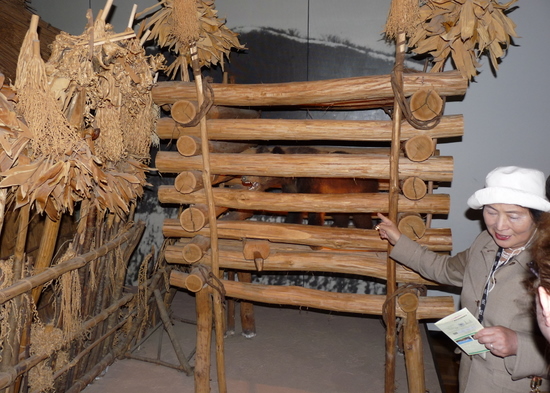
The Ainu believed that all the animals, fish and plants that the ate were kamui or gods, and that the bear was the most important god. After being sacrificed the bear would go up to Heaven, describe to the other gods how well he had been treated, and tell them that they should come down to Earth in the form of things for the Ainu to hunt.
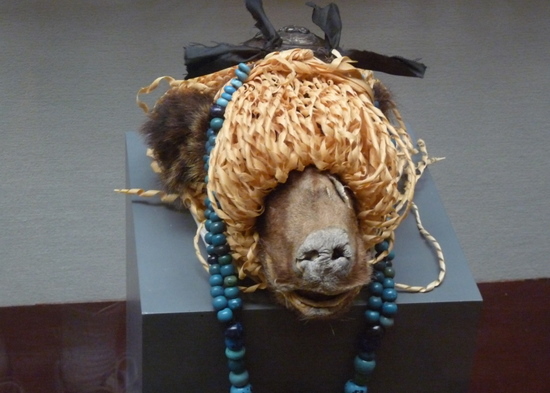
Beginning in 1669 another trade war ended with the total defeat of the Ainu. Afterward the Matsumae began rounding up Ainu to serve as forced labor in their fishing camps.
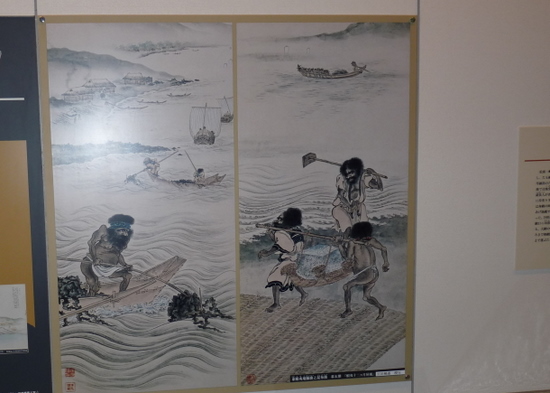
The Ainu population began a steady decline. Even worse than the depredations of the Matsumae were the epidemics of urban diseases that repeatedly decimated the population.
After the Meiji Restoration, beginning in 1869, the new government made it one of its top priorities to develop and settle the interior of the island, which was renamed to “Hokkaido”. The goal was both to make sure that Russia did not attempt to seize the island, and to develop it as a source of food and natural resources.
Large numbers of landless farmers, unemployed former samurai and convicts were encouraged or forced to move to Hokkaido. Initial conditions were harsh for the settlers, who were ill-prepared for the Hokkaido winters.
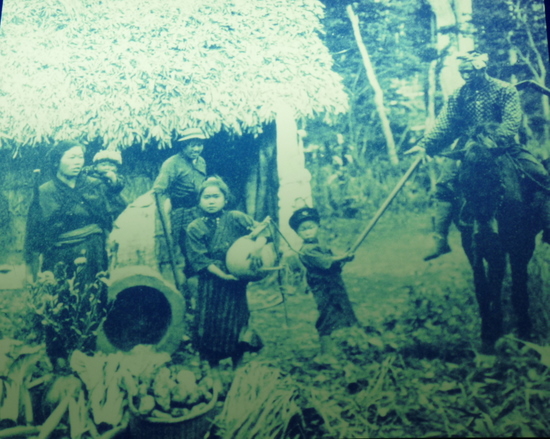
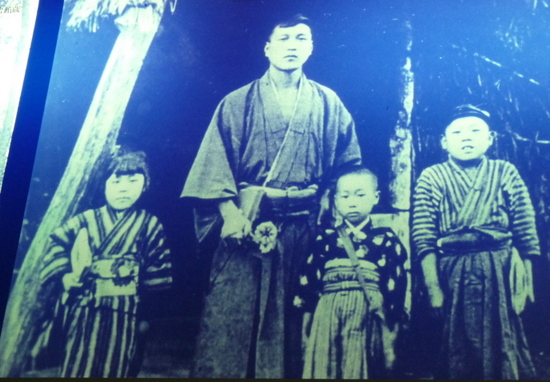
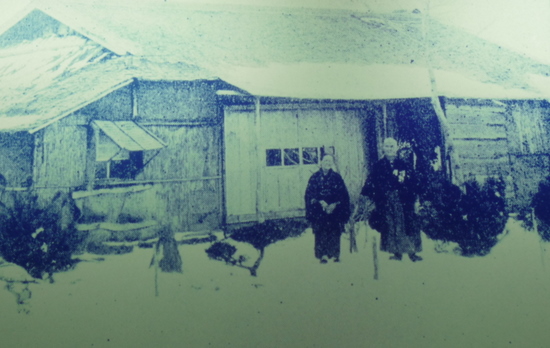
American agricultural experts were brought in to help the settlers adapt to conditions that were more similar to the northern parts of the United States than to the rest of Japan.
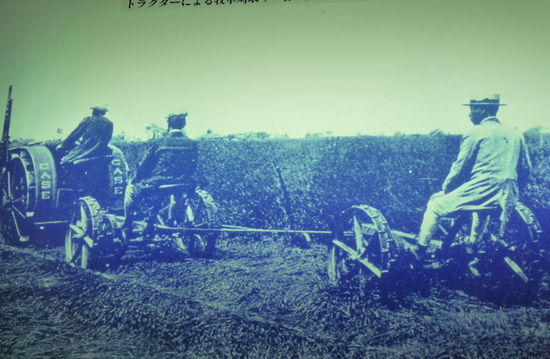
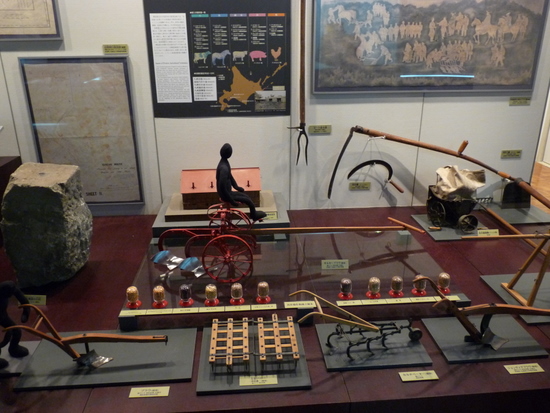
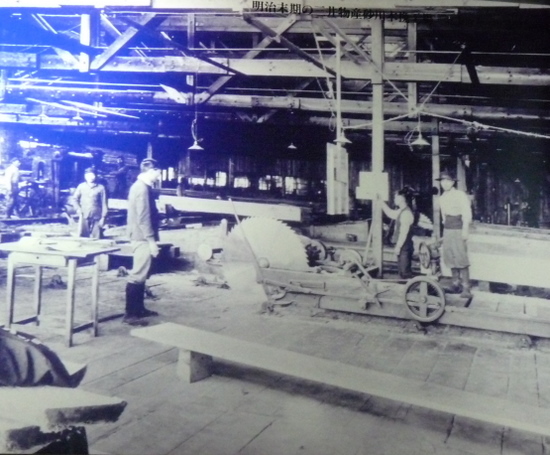
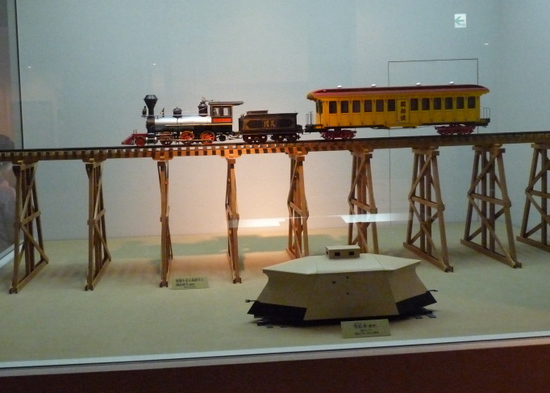
The surviving Ainu were deprived of their hunting grounds and subjected to a policy of forced assimilation, required to speak Japanese and encouraged to intermarry with settlers.
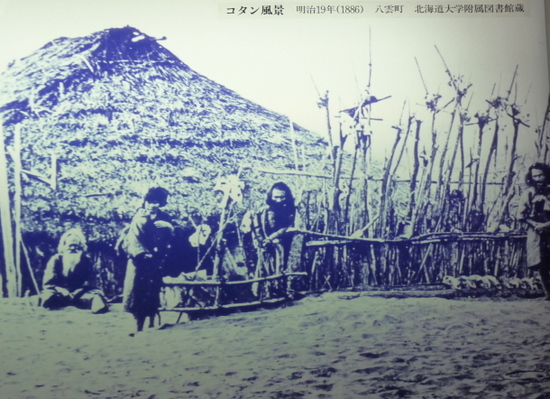
Even assimilated Ainu were often subject to harsh discrimination. Only in the past few decades has there been a concerted effort to preserve Ainu culture and protect their rights.
The Historical Village of Hokkaido
Close to the Historical Museum is a site where numerous classic buildings from the late 19th and early 20th centuries have been relocated and preserved.
The old Sapporo train station forms the entrance to the village.
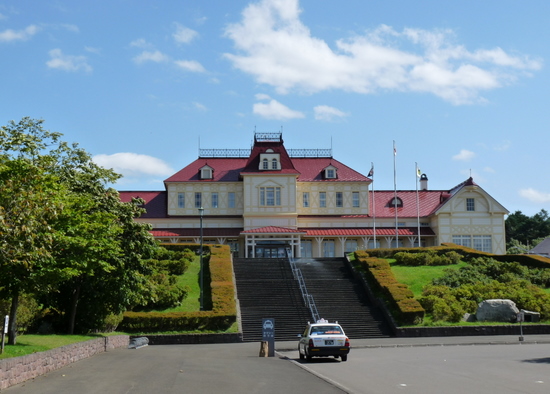
The Kaitakushi Sapporo Headquarters of the Colonization.
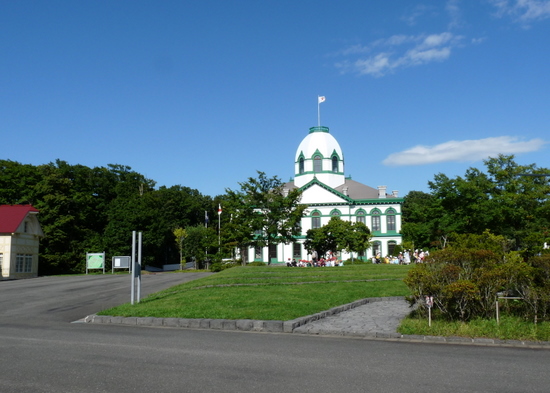
An old inn.
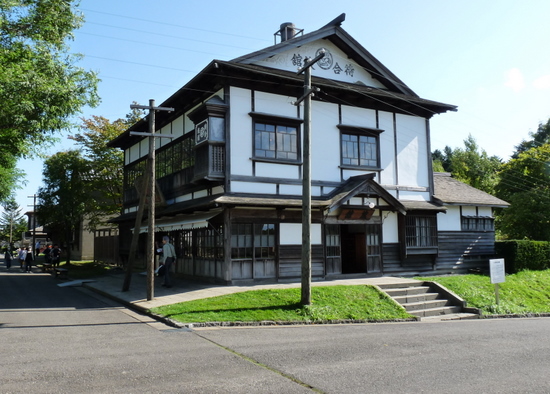
A police box, with volunteers dressed in traditional police uniforms.
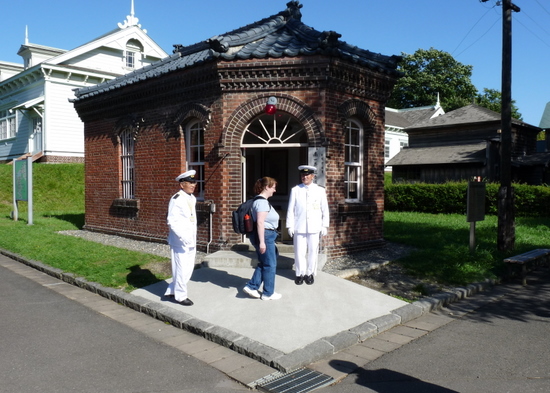
A Christian church (still available to be rented for weddings.)
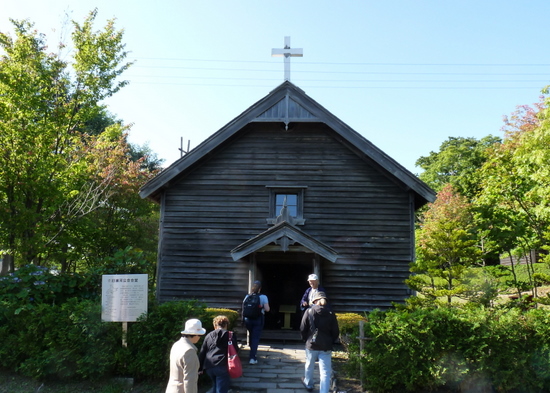
A traditional Buddhist bell.
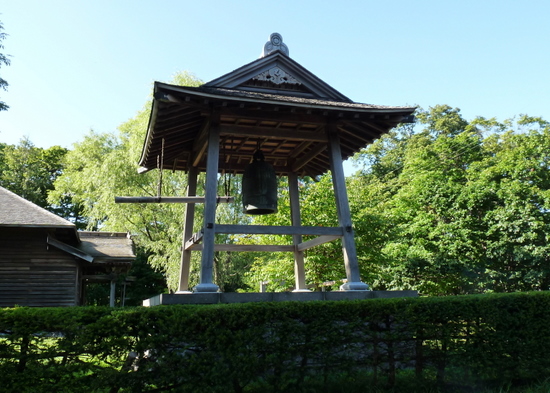
The Aoyama house belonged to a fishing magnate and contains dormitories for seasonal migrant workers.
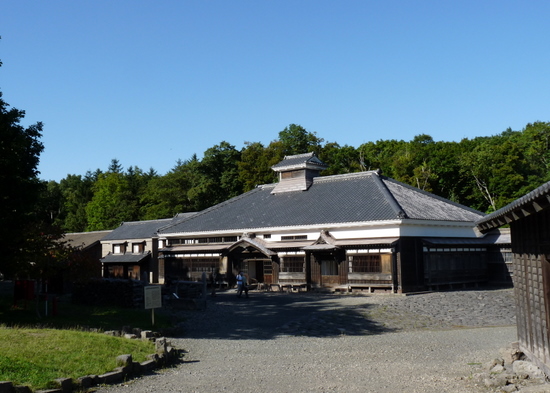
The Houkuseikan family raised silkworms and spun the thread.
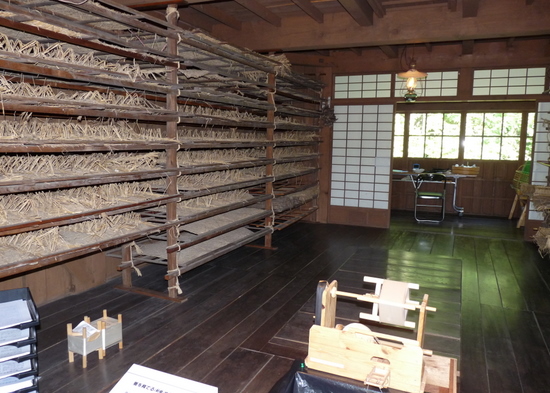
Volunteers weave straw into mats and sandals.
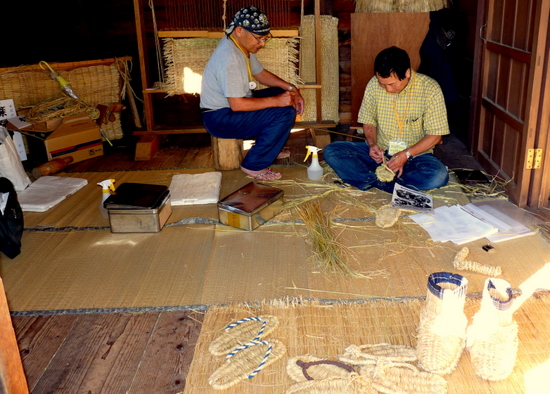


I enjoyed very much vising Hokkaido Historical Museum on September 2009. I suggest all to visit this place to know the ancient Japan.